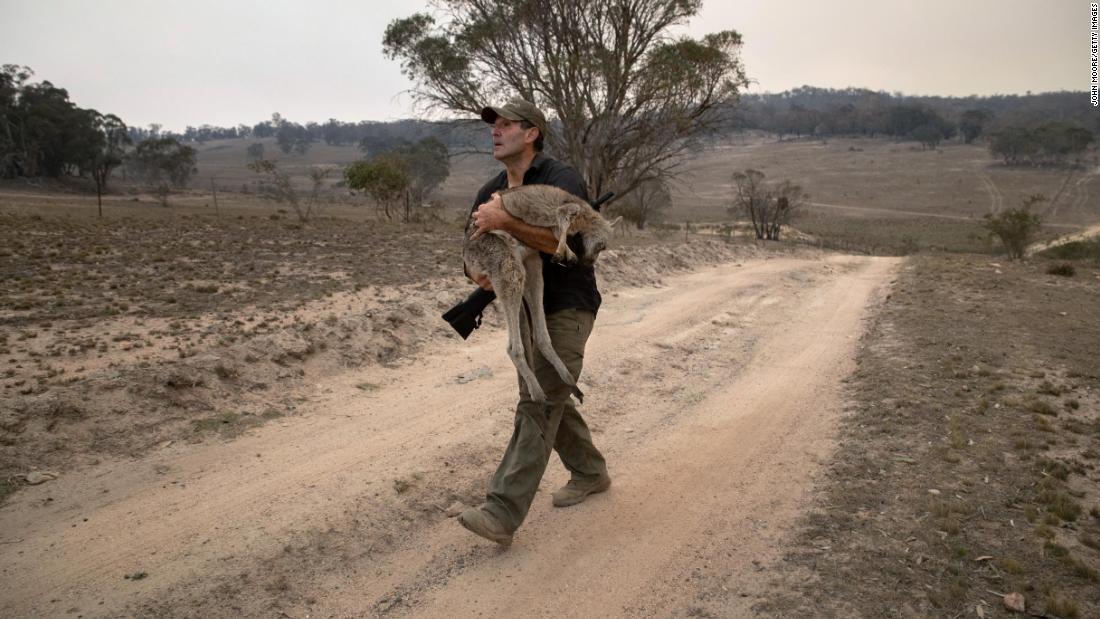
The figure includes an estimated 143 million mammals, 2.46 billion reptiles, 180 million birds and 51 million frogs, according to a report commissioned by the World Wide Fund for Nature (WWF).
The number of reptiles is significantly higher than that of the others because there are generally more of them per hectare (10,000 square meters) than mammals or birds.
“The interim findings are shocking. It’s hard to think of another event anywhere in the world in memory that has killed or displaced so many animals,” said WWF-Australia CEO Dermot O’Gorman. “This ranks as one of the worst wildlife disasters in modern history.”
With more than 15,000 fires across all Australian states, this was the worst fire season on record, according to the report.
Investigators are still working to finalize the report, titled “Australian Wildfires 2019-2020: Wildlife Toll,” but the figure of three billion is unlikely to change, according to a WWF statement.
The research was carried out by scientists at the University of Sydney, the University of New South Wales, the University of Newcastle, Charles Sturt University and BirdLife Australia.
“When you think that almost three billion native animals are in the path of the fires, it is absolutely huge, it is a difficult number to understand,” said Chris Dickman, professor at the University of Sydney, who oversees the research.
Project leader Lily Van Eeden, also from the University of Sydney, said the new report looks at the effects of fires on more than 11.46 million hectares (28.32 million acres).
“We believe that a continent-wide assessment of the number of animals that could be affected in Australia or anywhere else in the world has never been carried out before,” Van Eeden said in a statement.
“Other nations can take advantage of this research to improve understanding of the impacts of wildfires everywhere.”
This “will give other countries a window into the future of mega-fires and their devastating impact on wildlife,” said O’Gorman, which is important as extreme fires become more common due to climate change.
Dickman called for policy changes, such as stopping “manic land clearance,” to reduce the risk of mega-fires that deplete native biodiversity.
The authors called for improvements in habitat connectivity so that animals can get out of the way of fires. The report also said that rapid response teams for wildlife should be established “that will act to mitigate impacts on threatened species.”
The final report is due to be completed in late August, according to WWF.
Previous research concluded that there is now a significant and immediate extinction threat to Australia’s koala population following the fires.
An estimated 5,000 koalas were killed, according to a report released by the global conservation group International Fund for Animal Welfare in March.
.